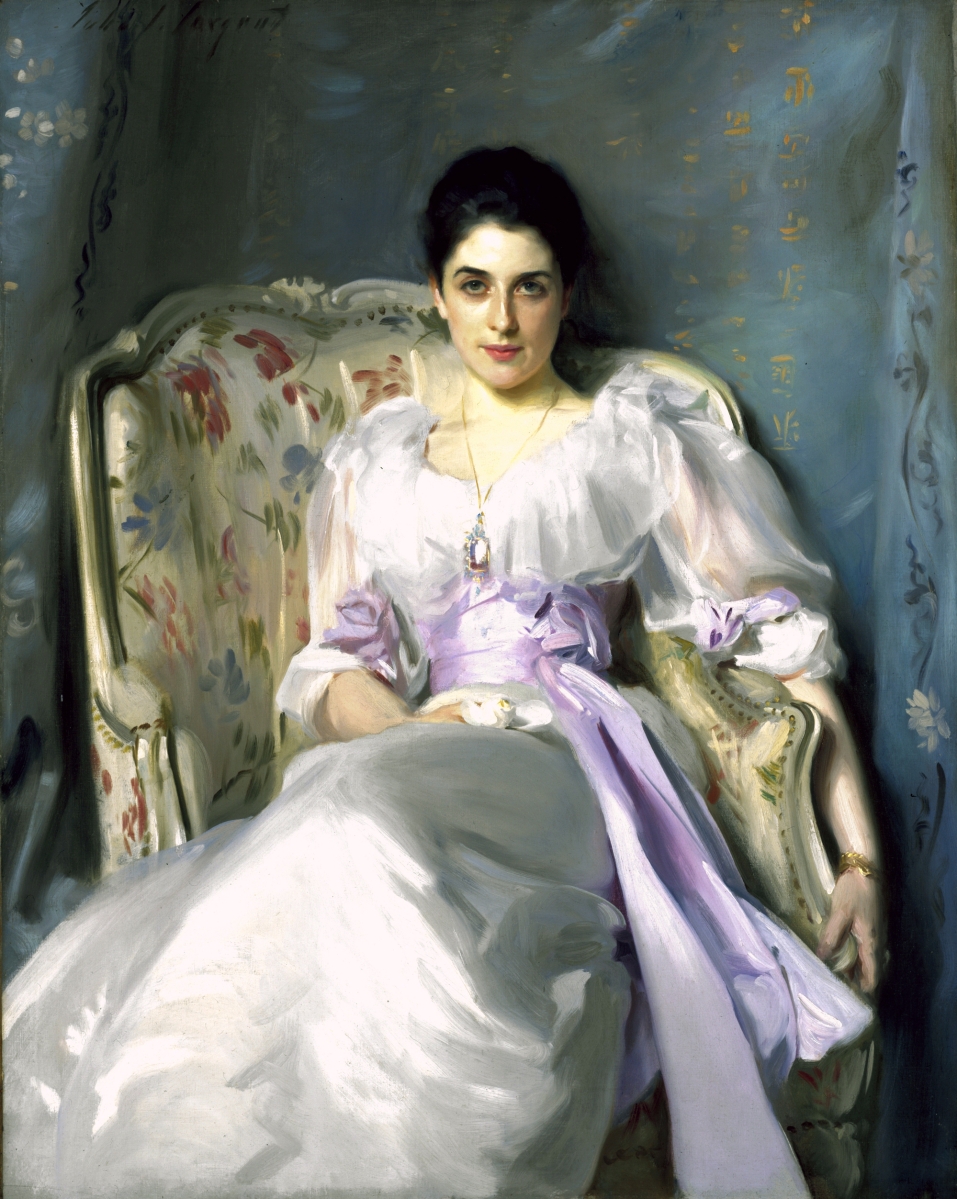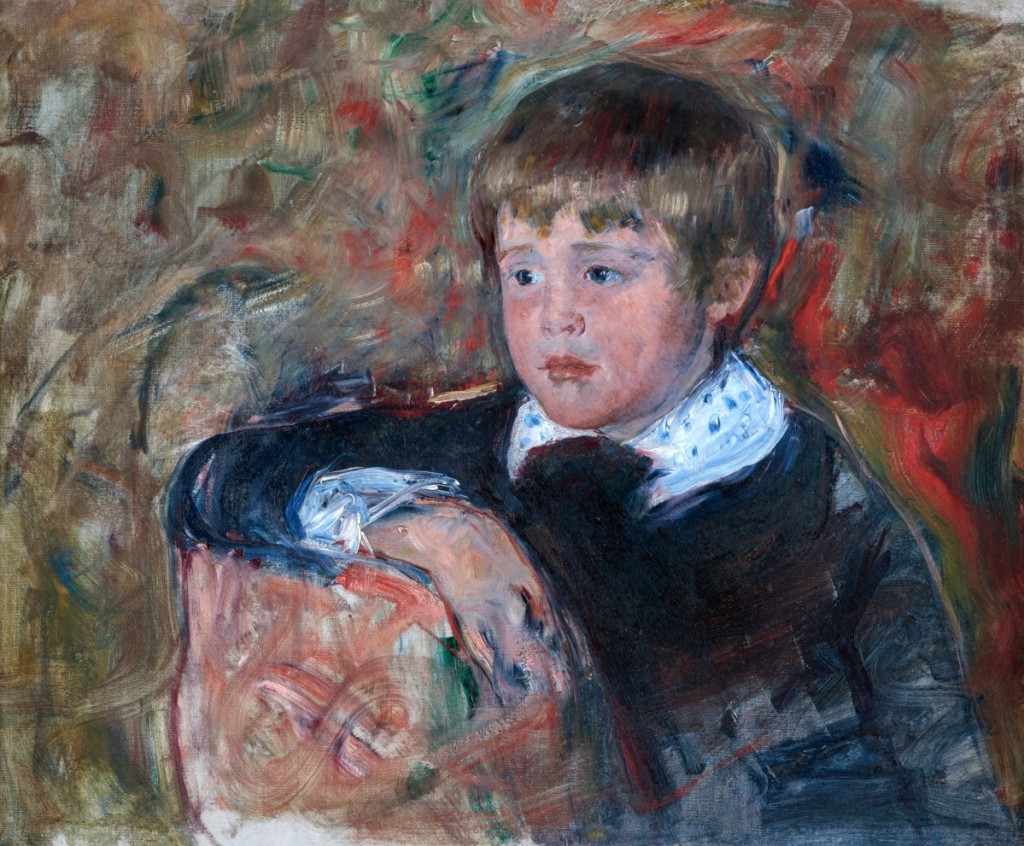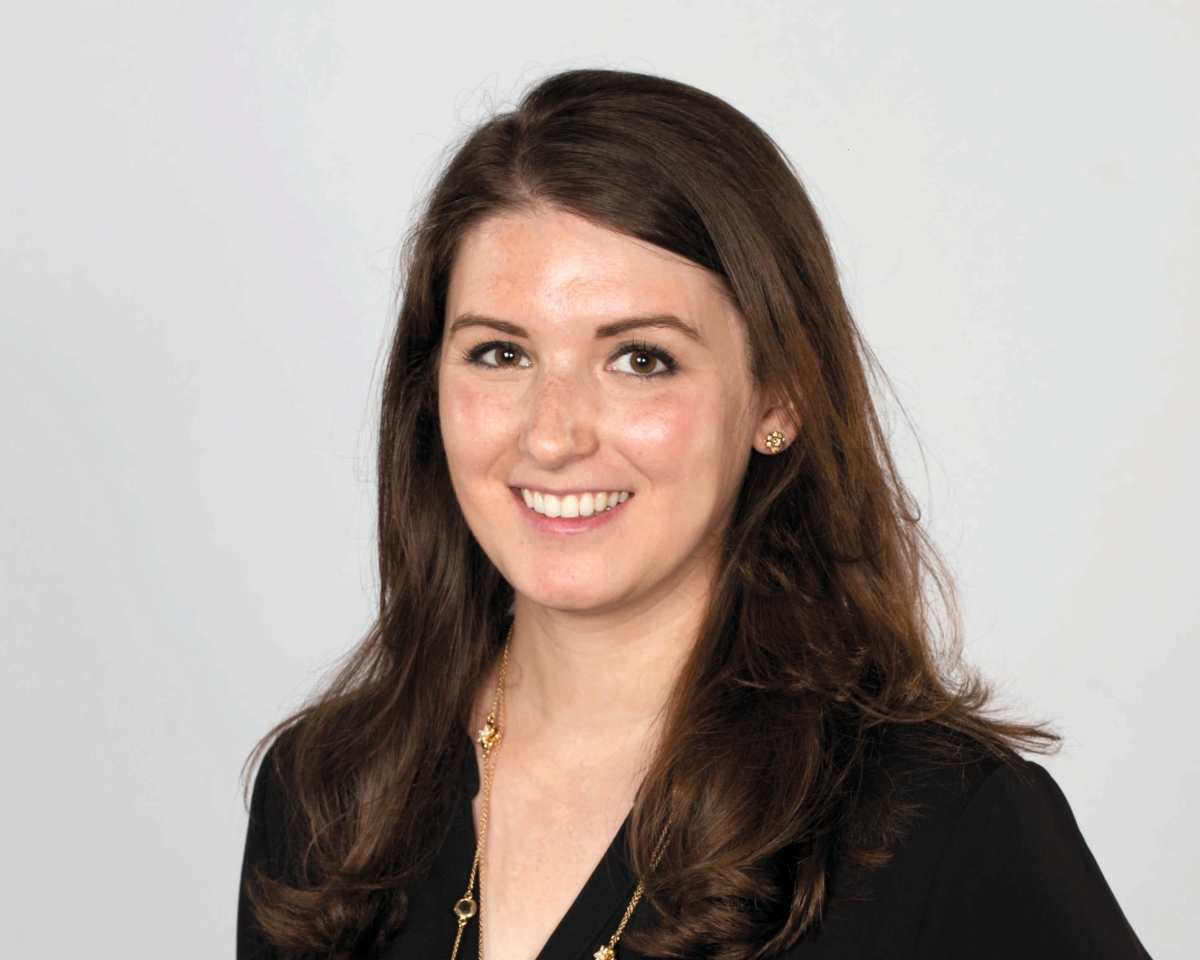Based in New York City, Kayla R. Carlsen’s recent hire as vice president, Head of Sotheby’s American art department contributes to Sotheby’s profile in this market and the strength of its existing team. Carlsen, who is from the Hudson River Valley, previously spent seven years with Christie’s, ultimately directing its midseason sales of American art, before leaving the firm in 2012 to join Bonhams. At Bonhams, Carlsen directed the department until the spring of 2017. Carlsen holds a Bachelor of Arts degree in art history from Clark University in Worcester, Mass., and completed the Historic Deerfield Summer Fellowship Program in American History and Material Culture in 2005. She also attended a master’s program at Hunter College in New York.
What’s the hottest part of the American art market these days? Has that been a longstanding trend or is this interest relatively new? What is the appeal of that market?
In the last five years or so, we’ve seen increased interest in illustration art, resulting in very strong prices for quality works. Those by Norman Rockwell have performed exceptionally well, in part because they capture a certain American sensibility. Themes of patriotism, heritage and tradition are central to many of his paintings, which I think appeals to collectors today. That was certainly the case for “Saying Grace,” which Sotheby’s sold, establishing the world auction record for Rockwell in 2013.
Another uptick worth mentioning is for folk art, specifically that of Grandma Moses, whose market reached its height back in 2006. In our November auction, we offered “Sugaring Time” with an estimate of $100/150,000. Bidding spurred the final price to $519,000, the fifth highest price for Grandma Moses.
On the other end of the spectrum, we’ve also seen a growing appetite for Modern paintings. Sotheby’s recently set a record for Rockwell Kent, with his mesmerizing “Gray Day” landscape. In September, “Meditation” by Milton Avery from the Edward Albee collection achieved $3.7 million, the second highest price for the artist at auction. I imagine that this trend will continue into the new year.

“Lady Agnew of Lochnaw (1865–1932)” by John Singer Sargent, 1892, oil on canvas, 50 by 39¾ inches. Photo courtesy Scottish National Gallery.
Were there any good surprises in your last sale? What do you attribute that to? Do you think this foreshadows a new trend?
I was very pleased with the result we saw for Mary Cassatt’s oil painting of “Master Robert Kelso Cassatt” from the Elizabeth A. Keck Collection. Traditionally, her portraits of mothers and their children have outperformed those of boys, but this painting of Cassatt’s nephew had everything you’d want in a work of art – provenance, rarity and a personal connection to the artist. These attributes individually have always been critical to success at auction, and when they all come together in a perfect package, it’s magic.
Your most recent sale was held earlier in November than competing houses held their sales of American art; why was this? Did the strategy work well and do you think will be a new trend for scheduling your sales?
Our auctions of Impressionist & Modern and contemporary art always draw a crowd, as the art world descends upon York Avenue. This November, we decided to capitalize on the traffic by moving our sale date up by a few days. As a result, we not only saw new faces in our galleries but also in our auction room. We’re still working on our scheduling for May 2018, but our positive experience this past season will be a consideration.
How did you come into the field?
My parents own Carlsen Gallery, an auction house in upstate New York, so I grew up in this field. After studying art history at Clark University, I decided to focus on American art history. This led to a series of internships at Olana State Historic Site, where I also led public tours of the house and collection, and a fellowship in American material culture at Historic Deerfield, which eventually brought me full circle back to the auction world in New York.

“Portrait of a Child (Master Robert K. Cassatt),” by Mary Cassatt, circa 1882–83, oil on canvas, 19¾ by 24¼ inches, the Elizabeth A. Keck Collection, photo courtesy Sotheby’s.
Do you collect? What about that collecting niche inspires you?
I collect works on paper, photographs, prints and sculpture across genres and categories. I’m inspired by younger and up-and-coming artists, and their references to the greater arc of art history – as well as some of the lesser known figures of the late Nineteenth and early Twentieth Century. Friends who didn’t grow up in the art world would probably consider my taste to be eclectic.
Do you have a personal favorite artist that you would collect if you could? Why does that artist resonate with you?
Growing up in the Catskills, the Hudson River School artists are all quite close to my heart. Among them, Frederic Church and Thomas Cole are at the top of my list. Their paintings remind me of home, and my many summers interning with the curatorial department at Olana in Hudson, N.Y.
If I had to pick a favorite painting though, I would, without hesitation, select John Singer Sargent’s “Lady Agnew of Lochnaw,” which is at the National Galleries of Scotland. I think she is simply breathtaking, and I would love to sit across from her every day.
-Madelia Hickman Ring





